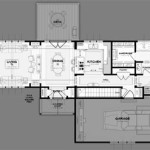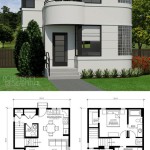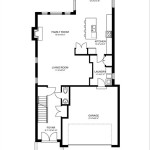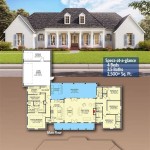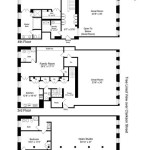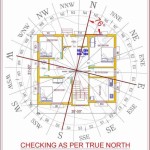Energy Star House Plans: Building an Efficient and Sustainable Home
Energy Star certified house plans represent a significant step towards creating a more sustainable built environment. These plans offer homeowners the potential for substantial energy savings, reduced utility bills, and a smaller carbon footprint. Understanding the core principles and benefits of Energy Star house plans is crucial for those considering building a new home.
The Energy Star program, run by the U.S. Environmental Protection Agency (EPA), sets rigorous standards for energy efficiency across a range of products and practices. When applied to house plans, it signifies a comprehensive approach to design and construction that minimizes energy waste.
A key element of Energy Star house plans is a focus on a well-sealed and insulated building envelope. This airtight construction prevents conditioned air from escaping and unconditioned air from entering the home. This reduces the strain on the heating and cooling system, leading to lower energy consumption.
High-performance windows are another crucial component. These windows utilize advanced technologies like low-e coatings and multiple panes to minimize heat transfer. In colder climates, they prevent indoor heat from escaping, while in warmer climates, they block solar heat gain, keeping the interior cool and comfortable.
Efficient heating and cooling systems are integral to Energy Star house plans. These systems are designed to operate with optimal energy efficiency, further reducing energy consumption and associated costs. High-efficiency furnaces, heat pumps, and air conditioners are commonly employed in these designs.
Properly sized and sealed ductwork plays a vital role in ensuring efficient air distribution throughout the home. Leaky ducts can significantly impact energy performance, wasting conditioned air and forcing HVAC systems to work harder. Energy Star house plans address this by specifying airtight ductwork and proper insulation.
Energy-efficient lighting and appliances are often incorporated into Energy Star house plans. LED lighting, Energy Star certified appliances, and smart home technologies contribute to further reductions in energy use and lower operating costs.
Beyond the specific features mentioned above, Energy Star house plans often incorporate passive solar design principles. This involves strategically positioning the home and its windows to maximize solar heat gain in the winter and minimize it in the summer. This natural heating and cooling can significantly reduce reliance on mechanical systems.
The benefits of choosing Energy Star house plans extend beyond energy savings. Improved indoor air quality is another significant advantage. The tight construction and controlled ventilation systems in these homes help to minimize the entry of pollutants, allergens, and excess moisture, creating a healthier indoor environment.
Enhanced comfort levels are also a hallmark of Energy Star certified homes. Consistent temperatures throughout the house, reduced drafts, and better control over humidity contribute to a more comfortable living experience.
The environmental benefits are substantial. By reducing energy consumption, Energy Star homes contribute to lower greenhouse gas emissions, mitigating the impact of climate change. This eco-conscious approach to building benefits both homeowners and the planet.
Choosing an Energy Star certified house plan represents a long-term investment in energy efficiency and sustainability. While the upfront costs may be slightly higher than conventional construction, the long-term savings on utility bills, coupled with increased comfort and a reduced environmental impact, make it a financially and environmentally sound decision.
When considering Energy Star house plans, working with a qualified builder experienced in energy-efficient construction is essential. Their expertise ensures that the home is built to the required specifications and that the intended energy performance is achieved.
Homeowners can locate Energy Star certified house plans through various resources, including the EPA's website and online plan databases. These resources provide access to a wide range of designs that meet the program's stringent requirements.
Careful consideration of local climate conditions is also crucial. Energy Star house plans can be adapted to different climates, ensuring optimal performance and comfort in specific geographic locations.
Finally, understanding the specific Energy Star requirements for the region is essential. These requirements may vary based on climate zone and local building codes. Consulting with local building officials and energy efficiency experts can provide valuable insights into regional specifics.
Building a new home is a significant undertaking. By choosing Energy Star house plans, individuals can build a home that is not only comfortable and aesthetically pleasing but also environmentally responsible and financially advantageous in the long run.

Energy Efficient Home Design Plans Cad Pro

Cool Energy Efficient Concrete House Plans Houseplans Blog Com

How To Build An Energy Efficient Home

Floor Plan Friday An Energy Efficient Home House Plans L Shaped
Seven Efficient And Flexible Floor Plans Builder

Sustainable Building In 2024 Energy Efficient Kit Homes

Energy Efficient House Plans Developed By The Architects

Home For Life Inhabitat Green Design Innovation Architecture Building

Dpe House Design Studio Energy Efficient S

Energy Efficient Home Charms With A Distinct Roof And An Earthy Ambience Decoist

